If positive feedback makes output exponentially increase and cause instability in an opamp then why doesn't negative feedback make output extremely small and cause the system to collapse?
- 21
- 2
-
Welcome to EE.SE. You seem to be assuming extremes in either direction, when an op-amp allows for 'inbetweens' that are stable. – Apr 30 '18 at 03:52
-
2Negative feedback makes the differential *input* extremely small. For this to happen, the output isn't necessarily zero. – dim Apr 30 '18 at 06:02
-
NFB makes the universe stable. When you move a magnet into a coil, it induces a non-coulomb electric field that causes a current to flow in the loop, inducing an opposiing magnetic field to the moving magnet. If there is one rule in the universe that rules over all the other rules, it's that every action (something that changes with time) generates a countering force to oppose that action. PFB in nature occurs near local stability boundaries, but merely moves the system to a new point of local stability where NFB rules again. – jonk Apr 30 '18 at 06:33
-
Suppose you exponentially increase something (PFB) and then apply NFB to it. You'll get that something right back. Take a sine function and apply an exponential to it. Now apply 30% NFB. Here's the result: [exp(sine) with 30% NFB applied](https://www.wolframalpha.com/input/?i=plot+y%3De%5E(sin(5*x)%2B1)+and+y%3D3.33333333333333*LambertW(0.815484548537713*exp(-0.5*I*exp(5.0*I*x)+%2B+0.5*I*exp(-5.0*I*x)))-2+from+0+to+3). You can see the recovered sine after application of 30% NFB. Pretty cool. NFB really works almost like magic and is the closest thing to a universal solution to all problems. – jonk Apr 30 '18 at 06:38
-
1Actually you're not far off ... it makes the error signal vanishingly small. – Apr 30 '18 at 06:52
3 Answers
Negative feedback classically uses the DIFFERENCE of the desired signal and the actual output; that DIFFERENCE is driven to (near) zero.
- 33,703
- 2
- 18
- 46
Negative feedback does make the overall output less.
Consider a voltage follower. Typical open-loop opamp gains are over 100,000. But, you are putting multiple volts in and getting the same out. That is "extremely small".
For more on negative feedback, see https://electronics.stackexchange.com/a/50472/4512.
- 310,974
- 36
- 428
- 915
Consider the following control system: -
- You set a "position" demand
- The error amplifier measures the difference between demand and actual
- The amplified output of the error amplifier drives the motor
- The error gets smaller
- And smaller
- And smaller
- Until the amplified difference between demand and actual is too small to turn the motor any more.
If you had infinite gain in your error amplifier then the motor would setle at a position where demand = actual. The perfect controller!
This is negative feedback but, in a real system, the error amplifier has non-infinite gain and so there will be a litle error.
Now imagine that instead of a motor and potentiomenter you directly connected the error-amp output back to -Vin. If you analyse things correctly then you'll see that you have a unity gain amplifier. In other words, the error-amp (aka op-amp) drives its output to virtually match the demand set at the +Vin input. The slight error you will see will be due to the non-infinite gain of the op-amp.
Most op-amps have open-loop gains exceeding 100,000 so this is trivial.
See also this answer.
- 434,556
- 28
- 351
- 777
